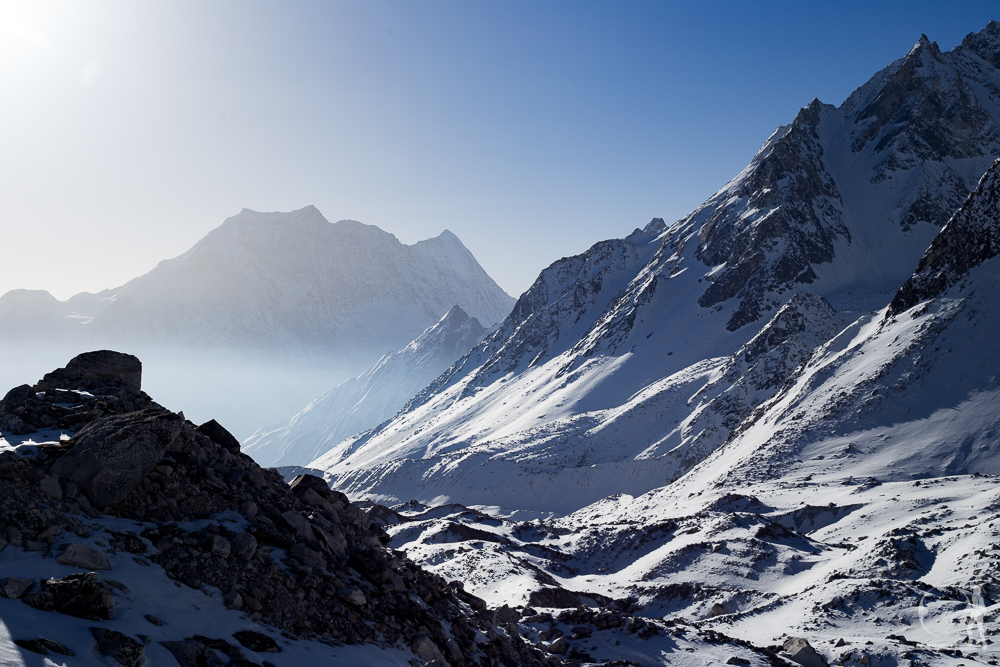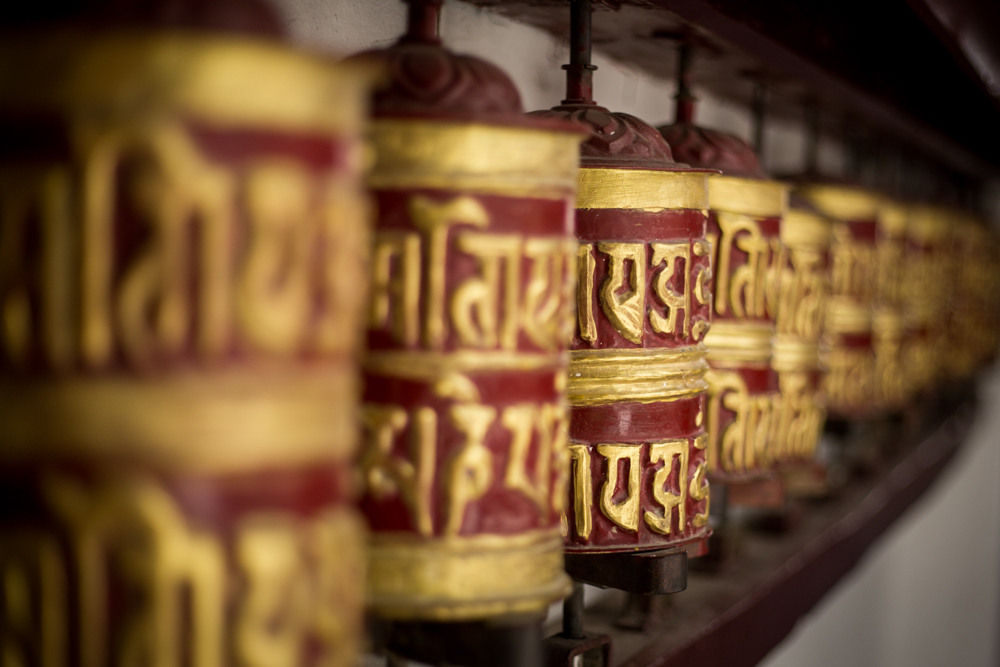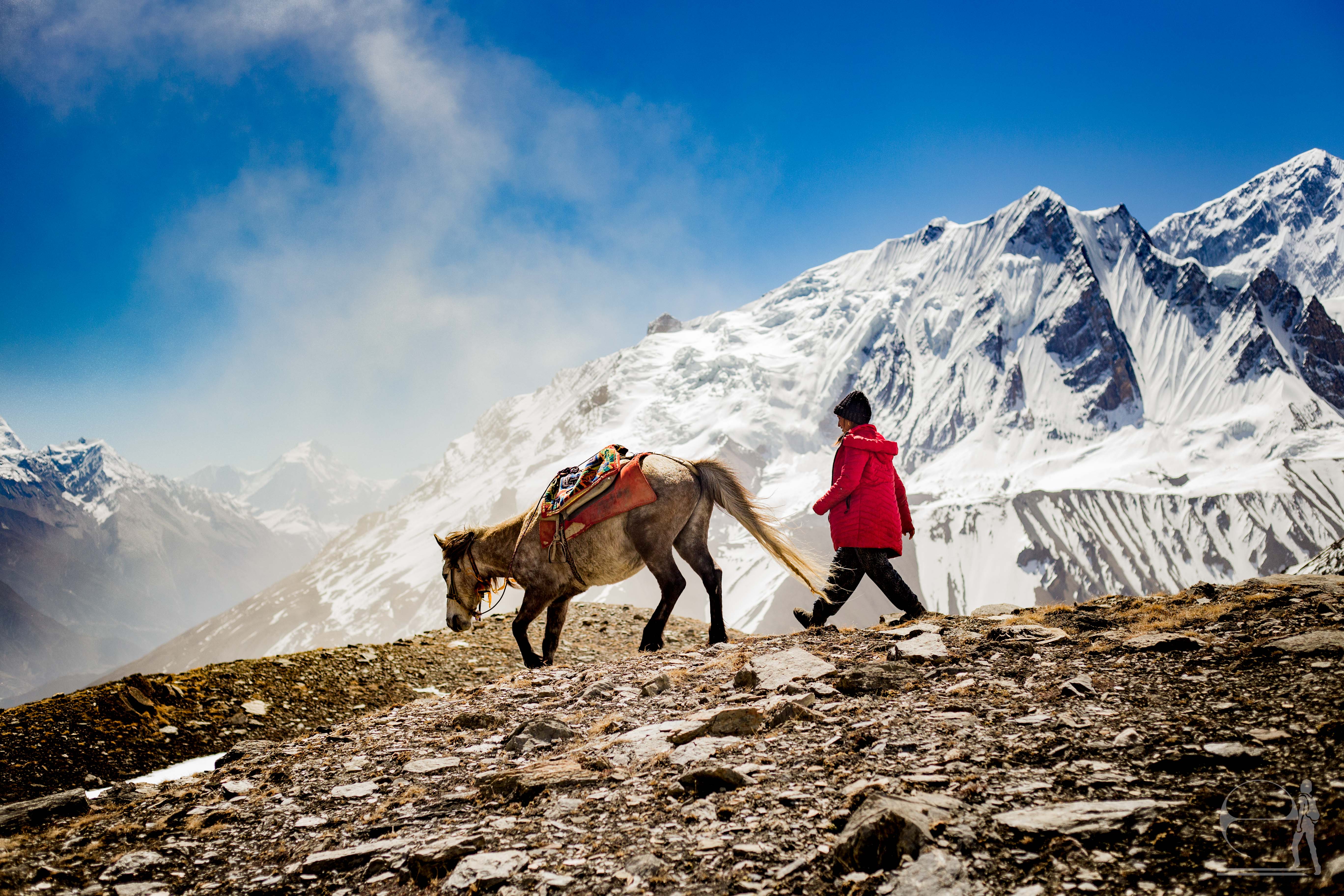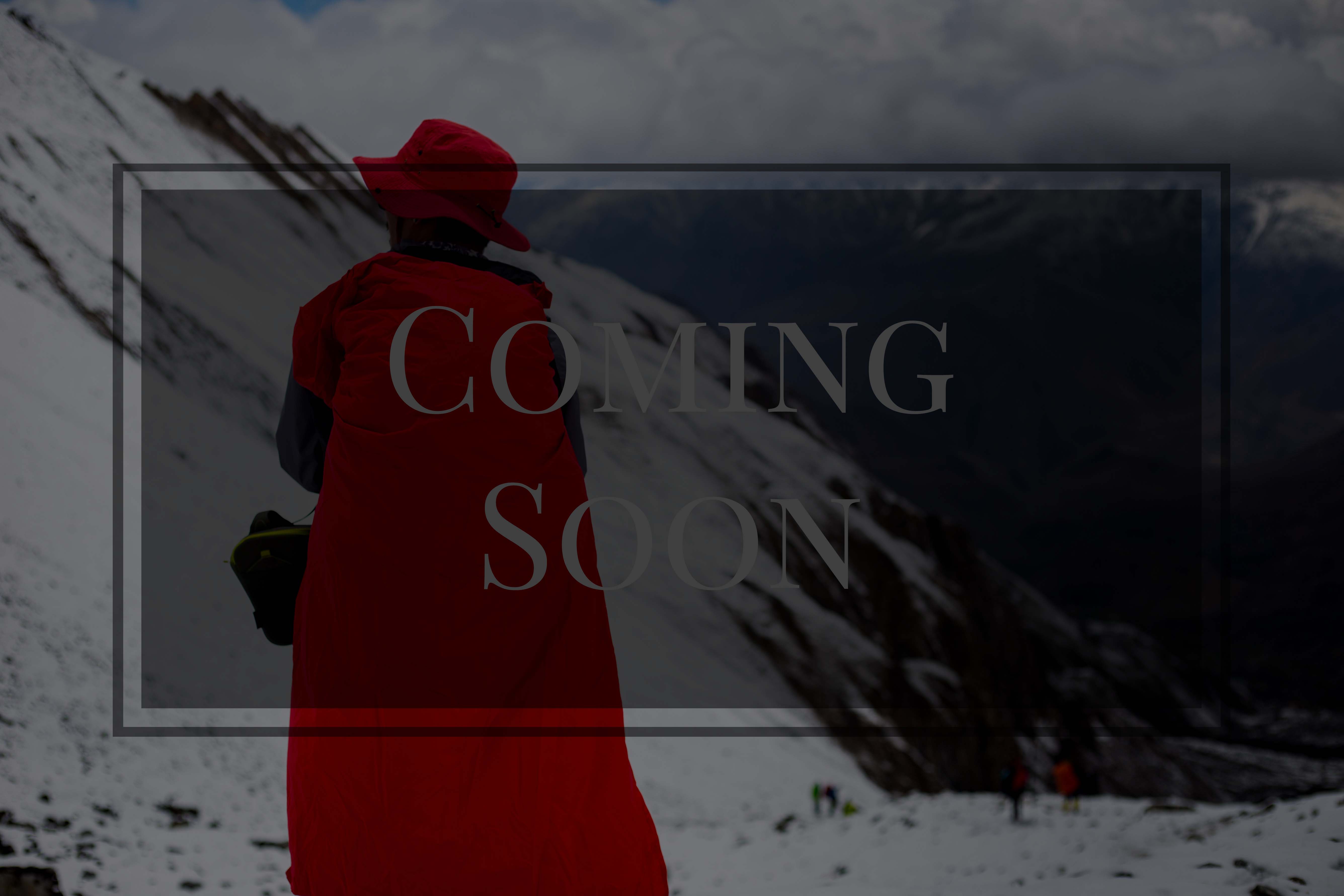/ Layering 101
2. What trekking conditions affect my clothing’s performance?

Now that we know what we want our clothes to do for us, let’s see what factors affect the conditions our clothes have to perform in. After all, it’s rare to have a completely clear blue skies and temperate weather for your entire trek. Chances are, your clothing will have to perform when it’s cold, wet, snowing, hot, dusty, or windy.
Season
What season are you trekking in? Peak trekking season is mid-September through mid-November, with gorgeous weather, little rainfall, and a temperate climate. A second peak season is from mid-March through May, starting with slightly colder, drier conditions easing into gorgeous weather with little rainfall. May through August gets increasingly rainier: expect warmer weather but accompanied by heavy rainfall in monsoon season. Mid-November to mid-March gets steadily colder, with more snow and ice conditions.
The season you trek in will play a large role in determining the amount of precipitation as well as average temperatures you can expect.
Elevation and Temperature
What is the maximum and minimum elevation of your trek? How long will you be at each? What’s the microclimate like in each altitude bracket? The general rule is the higher up you go, the colder it will get with a higher possibility of snowfall. Once you go above tree line (the altitude above which trees will not grow), the winds will increase because there are no trees to shield you from the elements.
Not only do you have to pack for the coldest it might be on your trek, you have to pack for the warmest. This way, you don’t overheat at lower elevations before you get to your high elevation objective.
Duration
Technically, the longer the trek, the more clothes you should bring. I don’t really follow this rule. Instead, I just plan on having to wash my clothes more often. This way, I can keep my weight down and still have clean clothes. Washing your clothes on the trail usually involves a bucket, cold water, and your body wash or soap, so brush up on those hand-washing skills!
Assess the duration of your trek so you know how much clothing to bring.
Accommodation
Treks differ in the accommodations they offer/Link. While you can expect a roof over your head and a bed on all teahouse treks, some may be warmer inside than others. In addition to packing for the coldest temperature you’ll experience while walking, you’ll need to account for cold temperatures while you are sitting or relaxing in the evening. While you are at rest, your body will be cooler than when you’re exerting yourself on the trail.
Take into account the accommodation you’ll experience on the trail while selecting warm layers.
But how different fabrics perform in these different conditions?




